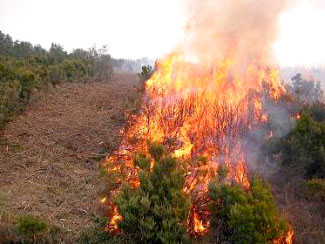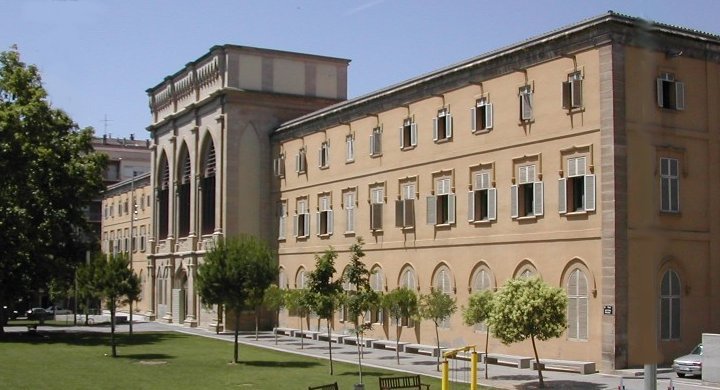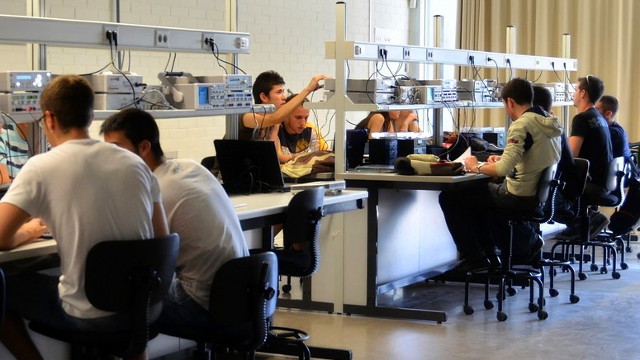12th march 2009
Download pdfA model to predict the risk of forest fires caused by human action
Researchers from the University of Lleida, the University of Alcalá and the Spanish National Research Council have developed a model that can make long-term predictions of a higher risk of fires caused by human action in a specific area
 PHOTO: Bombers de la Generalitat PHOTO: Bombers de la Generalitat |
Researchers from the University of Lleida, the University of Alcalá and Spanish National Research Council (CSIC) have developed a model that can make long-term predictions of a higher risk of fires caused by human action in a specific area. Data concerning fires occurred between 1998 and 2000 in 6,006 towns in Spain have been collected, with the exception of Navarra and the Canary Islands, where enough data were not available. Up to 29 risk variables have been analysed and grouped according to seven factors: socioeconomic transformations in rural areas; socioeconomic transformations in urban areas; persistence or transformation of traditional activities involving fire in rural areas; accidents or negligence derived from electrical infrastructures, transport and others; structure of landscape and population; forest policies; and factors related to intentional fire.
| This pioneer model is the first to be designed in Spain. It identifies Galicia, the Cantabric coastline and the Catalan and Valencian coast as the areas with the highest long-term risk, together with other areas from inland Spain |
The model was adjusted to the data corresponding to 60% of the 6,006 towns and was validated with the remaining 40%. It showed a reliability of 85%, a very high result in this type of measurements. The risk variables were elaborated from digital cartographic sources, analyses coming from systems of geographical information and several census data.
A total of 29 risk variables have been identified and grouped in seven major factors: socioeconomic transformations of rural areas; socioeconomic transformations of urban areas; persistence or transformation of traditional activities involving fire in rural areas; accidents or negligence derived from electrical infrastructures, transport and others; structure of landscape and population; forest policies; and factors related to intentional fires.
Last modification:



